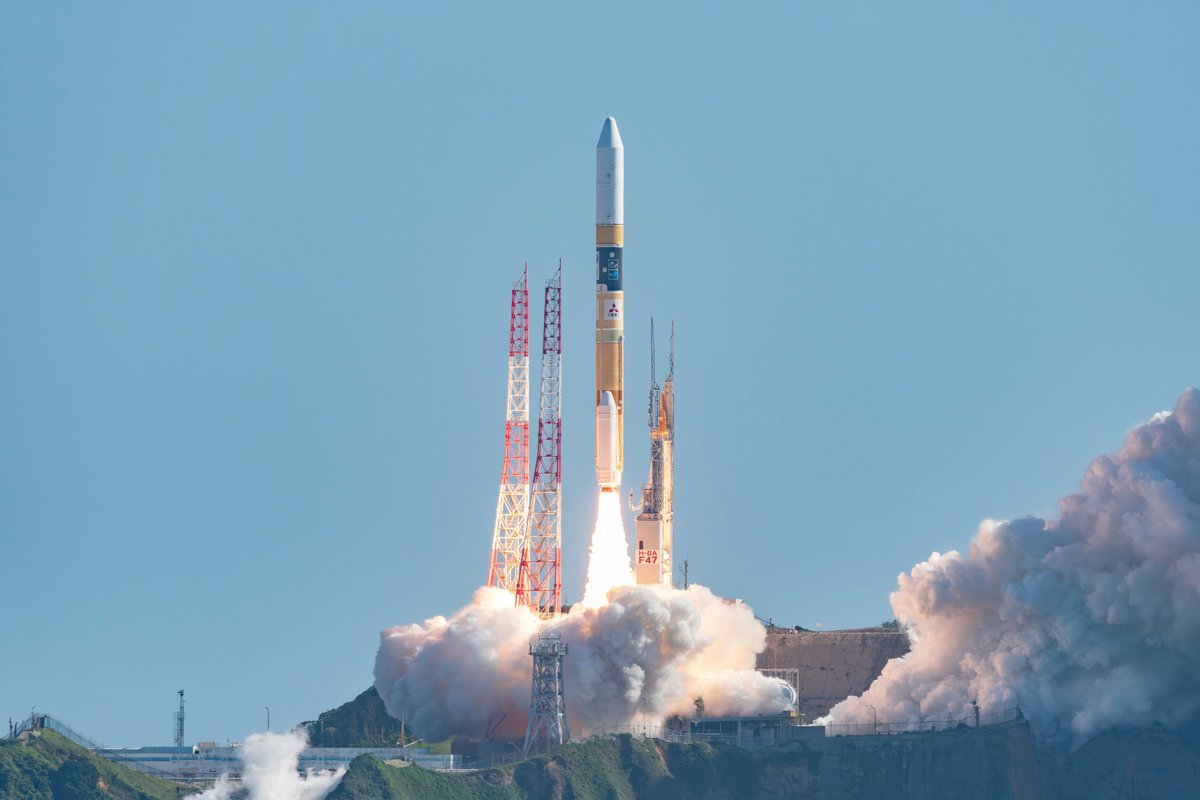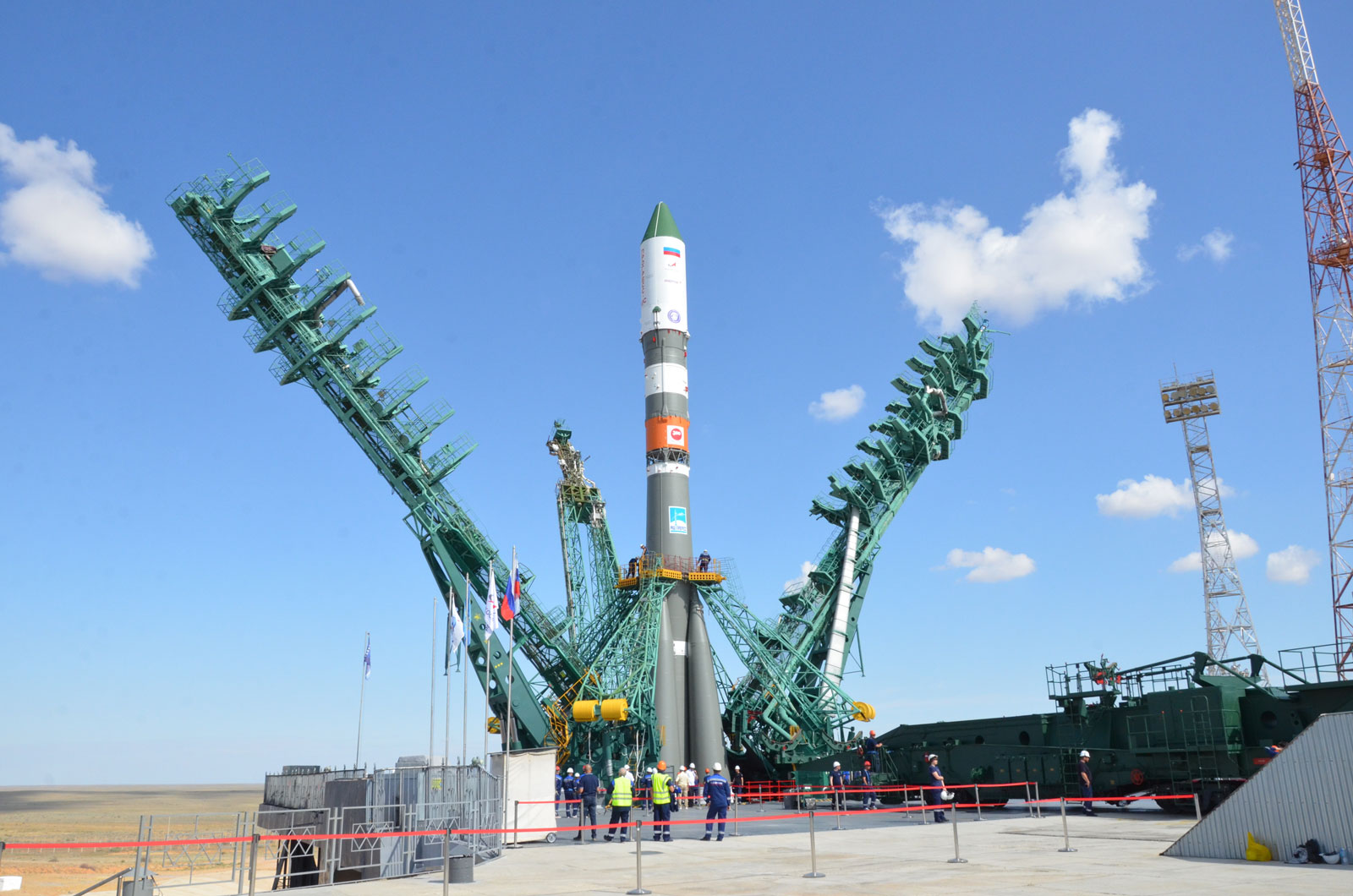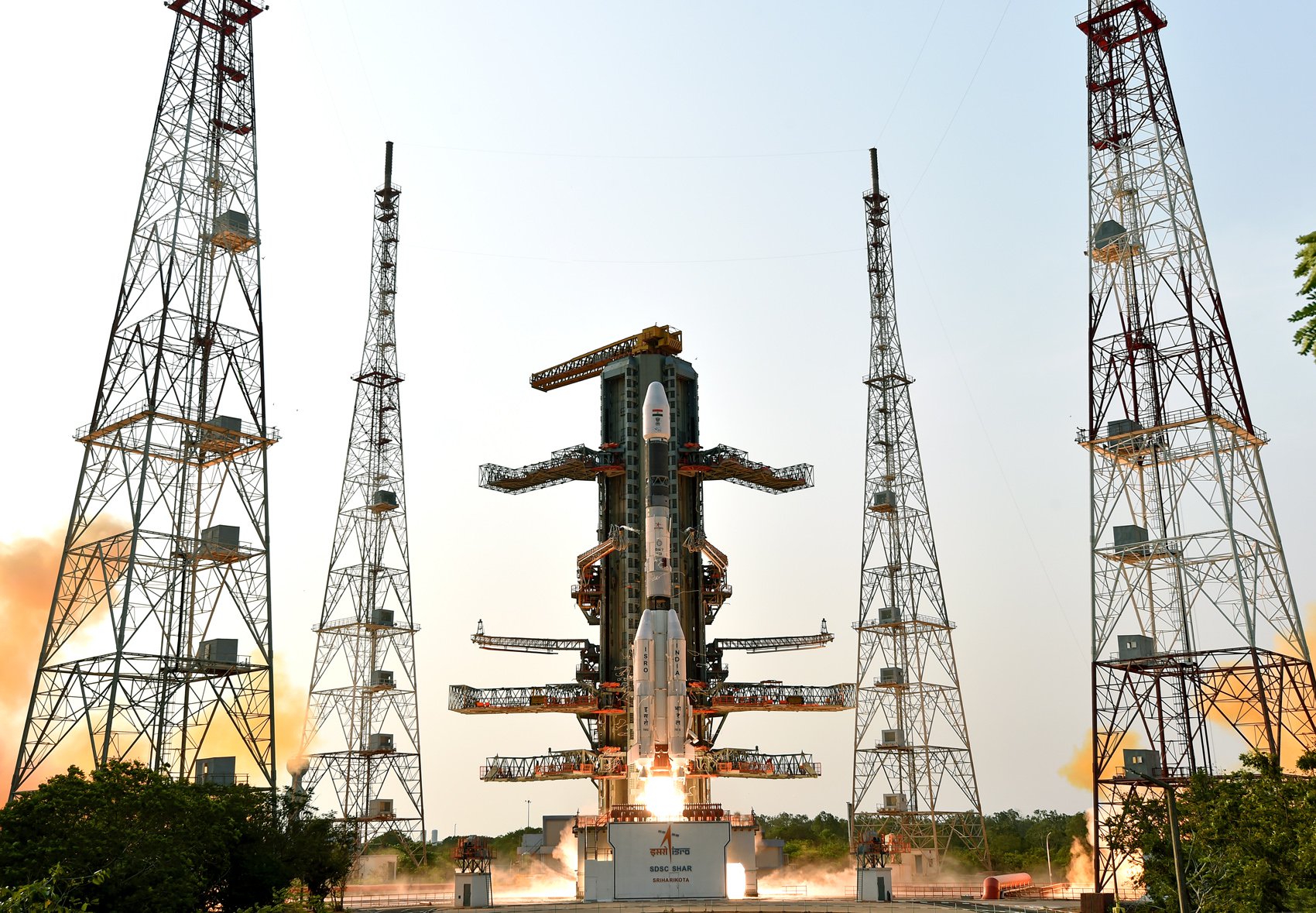· space brief · 5 min read
Space Brief 4 Feb 2025
Today's brief covers the expansion of the U.S. missile defense shield, a new contract for Viasat from the U.S. Space Force, and the Missile Defense Agency's call for innovative Iron Dome concepts.

📄Top Stories
The U.S. Defense Department is focusing on expanding its missile defense capabilities, including the development of a new “Iron Dome for America” that involves space-based sensors and interceptors. Meanwhile, Viasat has secured a significant contract with the U.S. Space Force, valued at $3.5 million, to provide satellite services. The Missile Defense Agency is also seeking innovative solutions from the industry for missile defense systems deployment from 2026 onwards.
📰Detailed Coverage
Pentagon Contractors Anticipate Gains from Missile Shield Expansion
The U.S. Department of Defense is planning to enhance its missile defense systems, a move that could significantly benefit top Pentagon contractors. This initiative, sometimes referred to as the “Iron Dome for America,” emphasizes the role of space-based sensors and potential space-based interceptors, much like the Israeli Iron Dome. This development mirrors a growing reliance on satellite technology for national defense.
As these space-based technologies become more central, the importance of satellite tracking and management systems, such as our web app, is magnified. With the proliferation of satellites involved in defense, timely and impactful tracking becomes crucial.
Read the full story: SpaceNews
U.S. Space Force Awards Contract to Viasat
Viasat has been awarded a $3.5 million contract under the Proliferated Low Earth Orbit (PLEO) satellite services contract by the U.S. Space Force. This contract represents Viasat’s growing involvement in defense sector communications, providing critical connectivity and data solutions essential for low earth orbit operations.
The PLEO initiative is aimed at enhancing the resilience and capacity of satellite communications—illustrating the increasing strategic significance of satellites in defense infrastructure. With this contract, Viasat will contribute to a more robust network that demands meticulous tracking and operational awareness.
Read the full story: SpaceNews
Missile Defense Agency Seeks ‘American Iron Dome’ Concepts
The Missile Defense Agency is inviting industry proposals for a new missile defense system concept, which aims to establish an “American Iron Dome.” This system is expected to be deployed in stages, starting from 2026, with increments planned beyond 2030. The request underscores a strategic pivot towards integrating advanced space-based defense measures.
By soliciting expertise from the industry, the agency aims to foster technological innovation that will align with evolving threat landscapes. This approach highlights the growing need for adaptive and scalable space-based solutions in national security.
Read the full story: Breaking Defense
Saudi Arabia Boosts Defense Spending Significantly
Saudi Arabia has announced an increase in defense spending to $78 billion for 2025, reflecting a 21% allocation of the total government budget toward defense. This move is part of Saudi Arabia’s strategy to bolster military capabilities amidst regional security challenges.
The substantial investment is expected to influence regional defense dynamics, potentially leading to increased collaboration and satellite technology integration within military operations.
Read the full story: Breaking Defense
🛰️Satellite Spotlight
- Satellite Name: GENESIS 1
- NORAD ID: 29252
- Launch Date: 2006-07-12
- Mission: Technology, inflatable structures
- Orbit: Inclination 64.5064°, Period 92.1 min, Eccentricity 0.0034480
- Operator: BIGEL
- Fun Fact: GENESIS 1 was a pathfinder mission for inflatable space habitat technology, representing a significant step towards future space station designs.
Current TLE Data:
1 29252U 06029A 25034.53449047 .00062208 00000+0 71568-3 0 9994
2 29252 64.5064 93.9715 0034480 302.2969 57.4836 15.60890395 26402Track this satellite in real-time on our web app: Track GENESIS 1
Upcoming Space Launches
February 4
-
SpaceX Falcon 9 Block 5:
- Starlink Group 12-3 from Cape Canaveral SFS (08:27 UTC) A batch of 21 satellites for the Starlink mega-constellation—SpaceX’s project for space-based Internet communication system.
-
Blue Origin New Shepard:
- NS-29 from West Texas Suborbital Launch Site/ Corn Ranch (15:30 UTC) NS-29 will simulate the Moon’s gravity and fly 30 payloads, primarily focused on testing lunar-related technologies as part of Blue Origin’s mission to lower the cost of access to space.
-
Rocket Lab Electron:
- IoT 4 You and Me (Kinéis 16-20) from Rocket Lab Launch Complex 1, Mahia Peninsula, New Zealand (20:43 UTC) Fourth batch of five satellites for the French Kinéis IoT constellation designed to operate with 25 nanosatellites.
-
SpaceX Falcon 9 Block 5:
- WorldView Legion 5 & 6 from Kennedy Space Center (23:07 UTC) WorldView Legion is a constellation of Earth observation satellites by Maxar, providing high-resolution imagery.
February 5
- Russian Space Forces Soyuz 2.1v/Volga:
- Kosmos (Unknown Payload) from Plesetsk Cosmodrome (03:00 UTC) Unidentified classified satellite(s) for the Russian military.
February 7
- SpaceX Falcon 9 Block 5:
- Starlink Group 12-9 from Cape Canaveral SFS (18:50 UTC) A batch of satellites for the Starlink mega-constellation.
February 9
- SpaceX Falcon 9 Block 5:
- Starlink Group 11-10 from Vandenberg SFB (00:25 UTC) A batch of satellites for the Starlink mega-constellation.
February 11
- China Aerospace Science and Technology Corporation Long March 8A:
- Demo Flight from Wenchang Space Launch Site (09:53 UTC) Demonstration flight of the Long March 8A rocket with updated engines and a new second stage; payload TBD.
February 26
- Arianespace Ariane 62:
- CSO-3 from Guiana Space Centre (16:24 UTC) The third of three high-resolution optical imaging satellites for the French military, replacing the Helios 2 series.
February 27
- SpaceX Falcon 9 Block 5:
- Nova-C IM-2 & Lunar Trailblazer from Kennedy Space Center (00:00 UTC) Nova-C lunar lander’s second mission carrying NASA’s PRIME-1 payload, the first demonstration of in-situ resource utilization on the Moon.
Note: Launch dates and times are subject to change due to technical or weather considerations.

Maurice Stellarski





